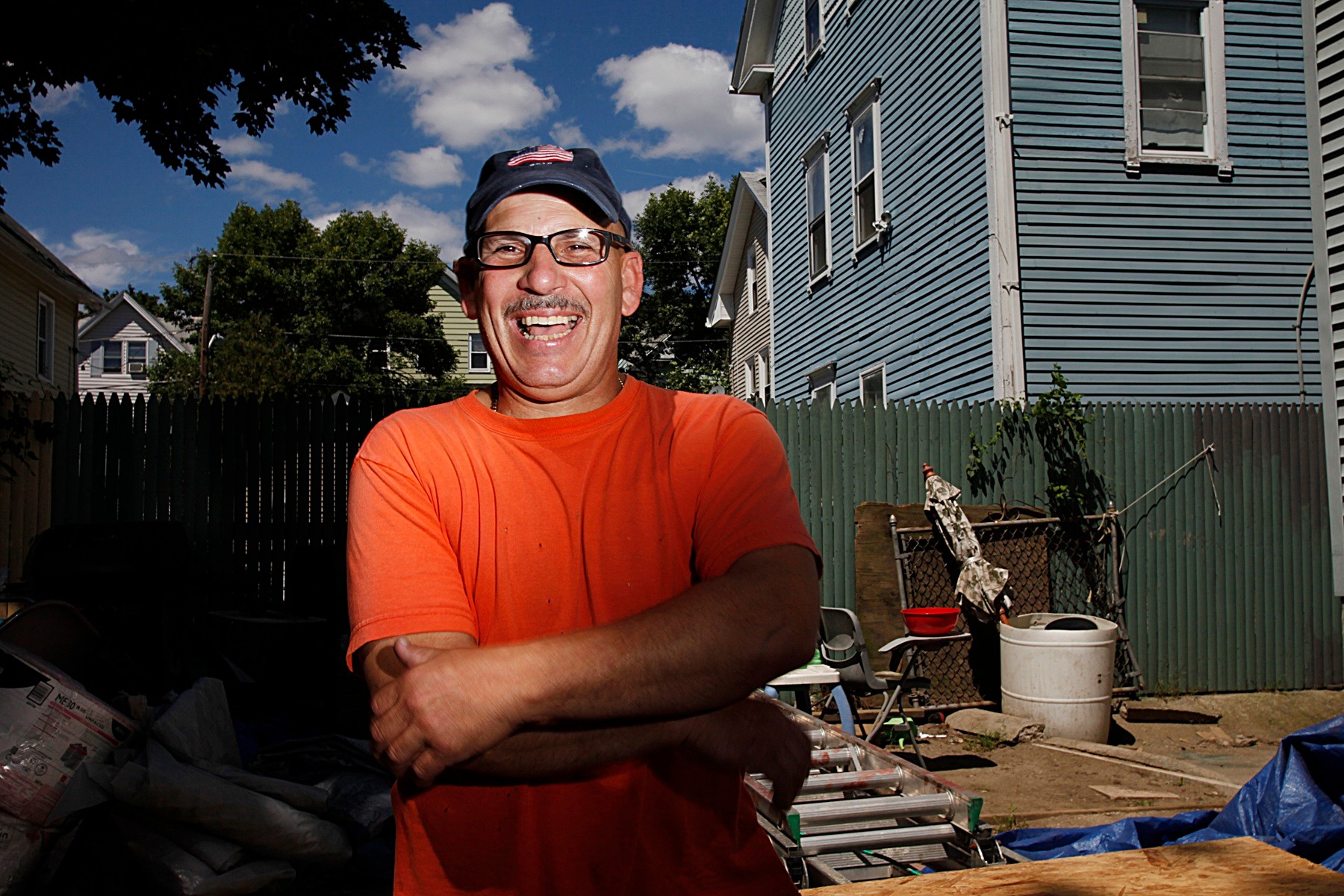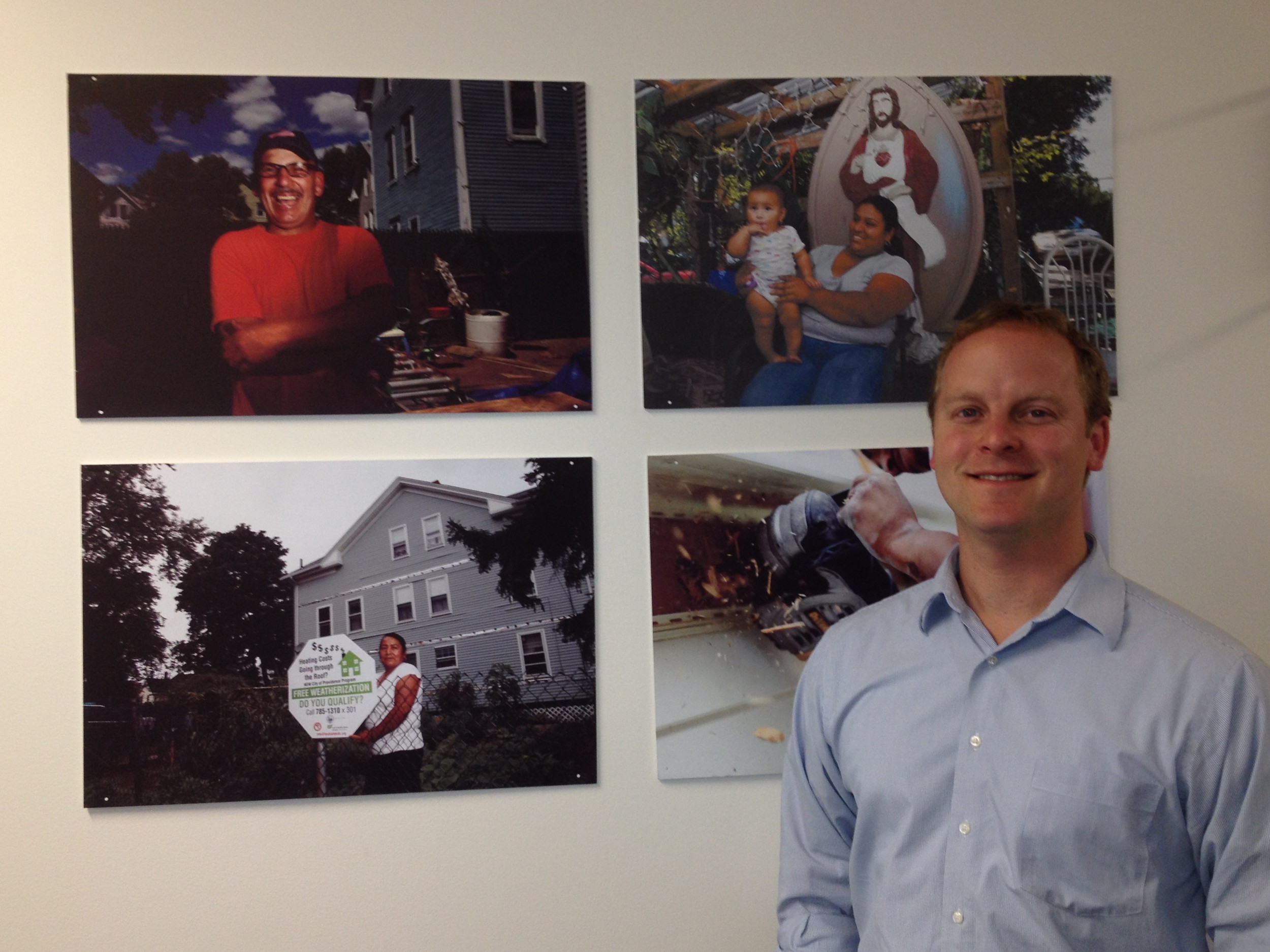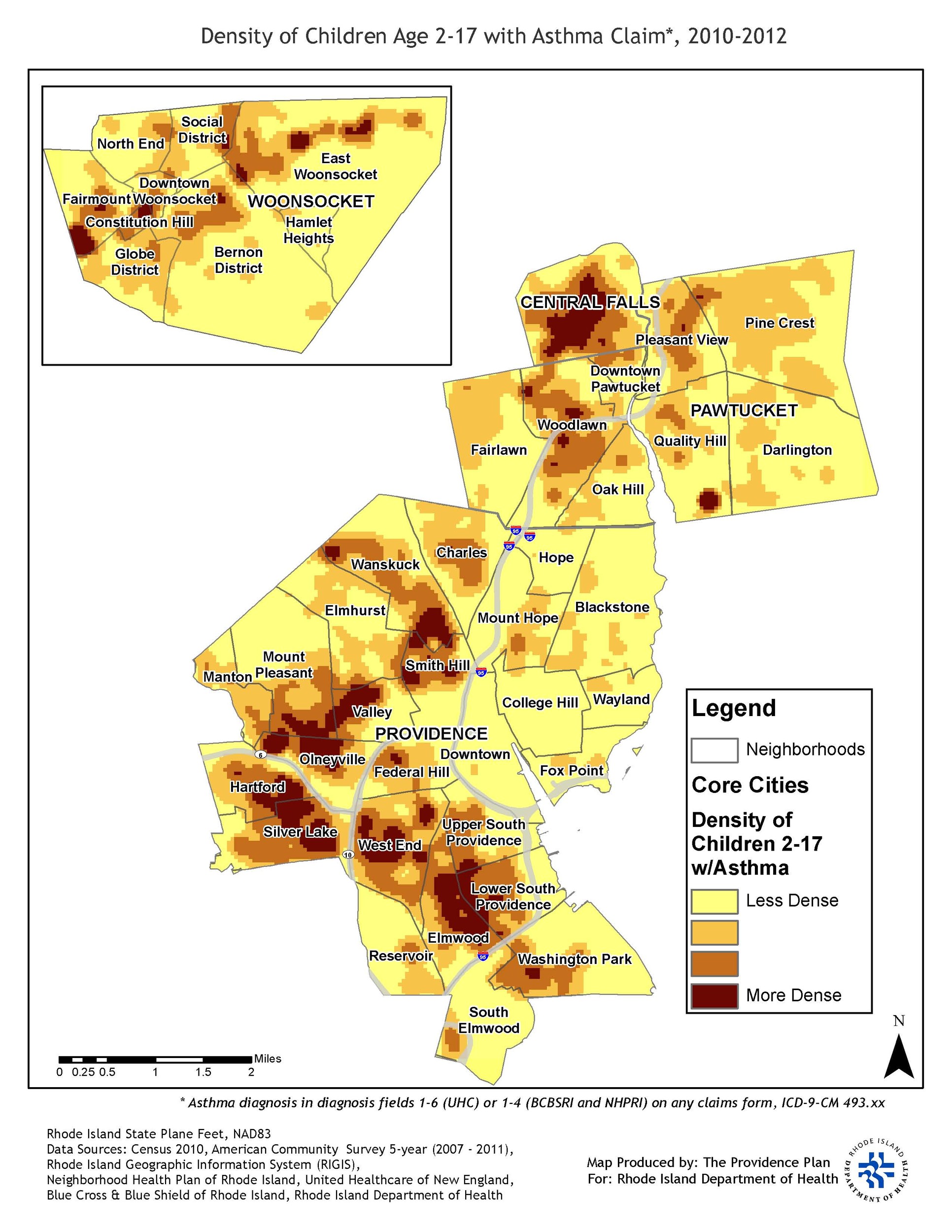Good health begins at the front door of where you live
A new initiative seeks to break the link between unhealthy housing and unhealthy children
Asthma is a leading cause of missed school time, lead is a major cause of poor academic performance. Their prevalence drives medical costs up and educational potential down. It’s a huge economic issue.
The R.I. Alliance for Healthy Homes seeks to leverage existing resources by aligning and braiding them in a comprehensive effort to focus on community solutions.
PROVIDENCE - What a week it was for high profile, top-down, show-and-tell public relations events touting multi-million-dollar investments in infrastructure to support the knowledge economy and its innovation ecosystem in Rhode Island.
On Tuesday, Oct. 22, the 195 Commission hosted a hardhat tour of the 20 acres of land being reclaimed after the relocation of Route 195, showcasing the work being done “underground” on connections and conduits for electric, gas, water, and fiber utilities.
On Friday, Oct. 25, Rhode Island’s entire congressional delegation as well as Gov. Lincoln D. Chafee hooked up for a press conference at the Providence Public Library to celebrate the completion of Beacon 2.0, the build-out of 400 miles of fiber-optic cyber infrastructure connecting 150 anchor institutions, including universities, hospitals, research centers, libraries and K-12 schools.
Later that afternoon, Sen. Jack Reed was joined by U.S. EPA Director Gina McCarthy and Providence Mayor Angel Taveras to announce the environmental agency’s support for design and construction of up to four projects in the Providence metro area to showcase what’s known as “green infrastructure” to help protect Narragansett Bay and local streams and rivers from dirty water and raw sewage overflow caused by heavy rainfalls.
Earlier in the week, Reed’s office had announced an additional $6 million in funding from the U.S. Department of the Interior to help Rhode Island with restoration projects to help the state prepared for future storms such as Hurricane Sandy.
Recognizing the value of human infrastructure
Yet, the low-key, bottom-up launch of the Rhode Island Alliance for Healthy Homes at a community forum at Rhode Island College on Oct. 22 may prove to be the most impressive – and innovative – “infrastructure” investment announced last week in Rhode Island. More than 100 people crowded into the lecture room at Alger Hall, participating in small breakout sessions.
The new alliance’s mission is to “align, braid and coordinate” the resources of an evidence-based approach to public health with community-based energy and housing initiatives. (It was the kind of community-focused innovative approach that was “missing” from the draft State Health Innovation Plan released last week.)
The alliance is a collaborative partnership of the R.I. Department of Health, the R.I. Office of Energy Resources, the R.I. Department of Human Services, the R.I. Housing Resources Commission, Rhode Island Housing, and the Green & Healthy Homes Initiative.
The driving force behind the new alliance is Mark Kravatz, who is coordinating the initiative. He works for the Green & Healthy Homes Initiative, headquartered in Baltimore, Md., and he directed a pilot program in Providence during the last year that renovated 135 homes in the Olneyville section of Providence.
“Our work is data-based,” Kravatz told ConvergenceRI in an interview following the forum. “For the 135 homes we [renovated] in Providence, we were looking at key deliverables for that work – showing a reduction in hospital visits for asthma, reducing the energy usage, reducing the chronic absenteeism in school due to asthma, and improving the health and safety of the homes.”
Saving money, Kravatz continued, is an important economic piece of this work. For children with asthma, who repeatedly need treatment at the emergency room, spending a lot of money, getting prescriptions for an asthma inhaler, only to be sent back to homes where there may be many asthma triggers, which cause a repeat the cycle, drives up medical costs. “Our goal is to reduce those triggers in [the children’s] homes,” he said, saving money for the parents –and for the health care delivery system.
Kravatz called himself an “outcome broker,” saying that his job “is to broker multiple on- the-ground resources to work more collectively.”
As much as Kravatz serves as the project coordinator, he is quick to emphasize the team approach. The Alliance’s steering committee includes:
• Bob Vanderslice, from the R.I. Department of Health’s Healthy Homes program,
• Nancy Sutton, from the R.I. Department of Health’s Asthma Program,
• Michelle Almeida, from the R.I. Department of Health’s Healthy Homes program
• Marion Gold, from the R.I. Office of Energy Resources,
• Rachel Sholly, form the R.I. Office of Energy Resources,
• Mike Tondra, from the R.I. Housing Resources Commission,
• Darlene Price, from the R.I. Housing Resources Commission,
• Greg Schultz from the R.I. Office of the Attorney General,
• Julie Capobianco from the R.I. Department of Human Services’ Weatherization Assistance Program, and
• Russ Johnson from R.I. Housing.
Health care and asthma
One of the documents distributed at the community forum was a series of maps and charts breaking down the statistics for immunization, asthma and lead poisoning by school districts in Providence and statewide.
In particular, the chart, “Health care utilization due to Asthma, 2010 -2012,” painted an accurate but grim picture of the number of school children afflicted with asthma in Providence – and statewide.
In Providence, 17.9 percent of all schoolchildren in pre-kindergarten through Grade 5 – 2,253 out of 12,799 – had asthma. In total, looking at children through Grade 12, 14.5 percent of all students suffered from asthma and required medical attention. Statewide, the numbers are almost as bad – 11.8 percent.
The numbers are evidence-based. They come directly from the health insurers – Blue Cross & Blue Shield of Rhode Island, United Healthcare of New England, and Neighborhood Health Plan of Rhode Island.
Specifically, “children with asthma” was defined as children who were insured by one of these plans and had any doctor’s office visit when asthma was one of the top reasons for the visit or an emergency room visit or hospitalization when asthma was the primary.
Perhaps the most damning statistic was the high number – 14 percent, or 511 out of the 3,649 children with asthma – who ended up at the emergency room or who were hospitalized.
Nancy Sutton praised the efforts of Kravatz in bringing together so many people in the alliance – physicians, contractors, city and town officials – with a common interest in healthy housing.
“Within state agencies, we all have our own procedures and funding streams,” Sutton said, explaining the importance of the effort. The effort to have all these agencies aligned and on the same page, working toward healthy housing, is a relatively new concept, one that she is excited about.
Since 2010, the Asthma Program has developed a evidence-based approach and home visitation focused primarily on children living in the city of Providence, Sutton said.
Working in partnership with Hasbro Children’s Hospital and St. Joseph’s Hospital Health Clinic, Sutton continued, when a child is seen by the emergency department and the diagnosis is asthma and they live in Providence, they automatically get a referral for a home visit.
With parental approval, a certified asthma educator, a community health worker and an environmental health worker visit the home, working with the home owner or landlord to fix and address any issues.
The program has been able to expand its efforts through a 2011 federal innovation grant from the Center for Medicare & Medicaid Innovation. Despite the program’s expansion, what Sutton calls the biggest obstacle is that the commercial insurers don’t cover the asthma home health visits as a reimbursable expense, despite the documentation from their own data about the incidence and prevalence of asthma – and the high cost of treating asthma through emergency room visits and hospitalization.
From the data collected over the last three years, based on health insurance claims, Sutton’s program has been able to prepare a fairly comprehensive map of where asthma is most prevalent in Rhode Island. [See graphic] Not surprisingly, the heaviest concentrations are in the state’s core urban areas, with the oldest housing stock.
“We don’t know exactly what causes asthma,” Sutton said. “Not one thing causes asthma.” But, she added, “We know what can contribute to making asthma worse – mold, mildew, second-hand smoke, air pollution.” And, preliminary data from the asthma program has shown that home visits and interventions have cut down on the number of emergency room visits and hospitalizations.
“We’ve seen significant reductions in night-time symptoms,” Sutton said. “We’ve seen significant improvement in sick visits to primary care providers.” And, according to self-reported data, Sutton continued, “there has been a drop in the use of emergency rooms due to asthma.”
Connecting the dots, leveraging resources
If you look at the composite map detailing the incidence of lead exposure, asthma, childhood poverty and older housing that was distributed at the R.I. Alliance for Healthy Homes forum, it’s no secret where the problems are located.
What’s been missing in the past is a coordinated effort to develop a community-based solution, leveraging existing resources. The R.I. Alliance for Healthy Homes is the kind of smart collaborative approach that many business and government leaders advocate but never implement.
Kravatz said that conversations are now underway with the primary care physicians at Memorial Hospital to enable them to write health and safety prescriptions as part of a model pilot program serving the residents of Central Falls and Pawtucket, to conduct health safety audits.








